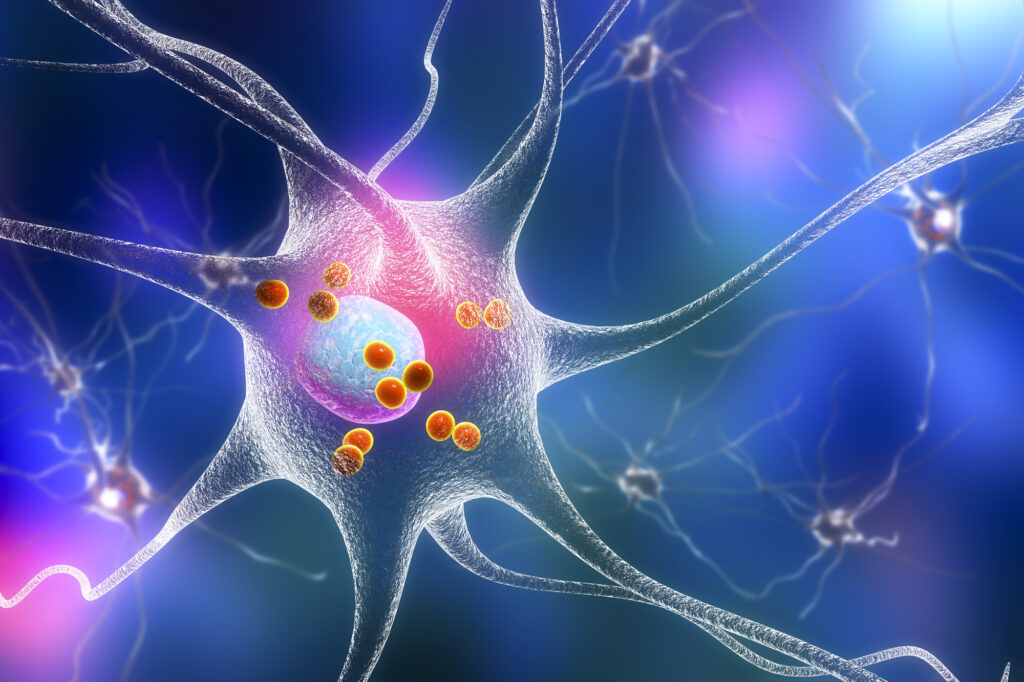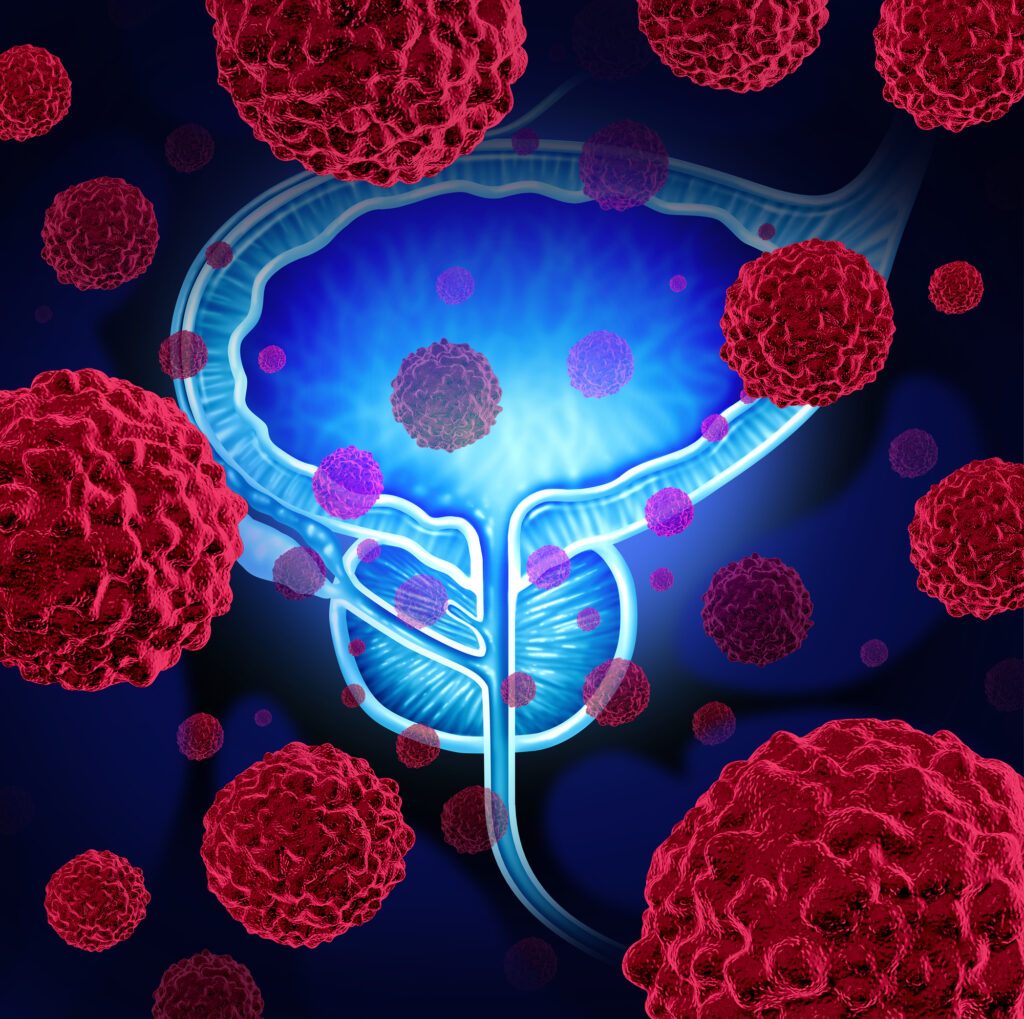Iron deficiency has always been a concern in women’s health, but new evidence suggests that it may be an even more widespread issue than was previously thought. In a research letter published on June 27 in JAMA, scientists from the University of Michigan showed that 40% of girls and women between the ages of 12 and 21 have iron levels low enough to cause symptoms such as dizziness and low energy. And even worse, one in every 17 females has iron levels low enough to be categorized as iron deficiency anemia.
Additionally, the researchers found that the iron deficiency rate was about 30% higher among both Black and Latina young women compared with their non-Hispanic white peers. Females with family incomes at or below the poverty level had 24% higher rates of iron deficiency than those with higher family incomes. And perhaps most surprisingly, the study showed that 27% of girls who had not yet gotten their first period already had low iron levels.
The Study
The researchers analyzed ferritin and hemoglobin blood test data collected from 3,490 females aged 12 to 21 from across the country who took part in the Centers for Disease Control and Prevention’s National Health and Nutrition Examination Study (NHANES). The analysis excluded young women who were pregnant or had signs of conditions that can interfere with iron levels, including diseases that involve chronic inflammation, the kidneys, or the liver.
The team set a level of under 25 micrograms of ferritin, a form of protein-coated iron, per liter of blood (μg/L) as the definition for iron deficiency. But because there’s no clear international standard for low ferritin levels, they also noted levels under 15 ug/L and 50 ug/L. They also charted hemoglobin levels and classified young women as anemic if they were below both 12 milligrams per deciliter (mg/dL) of hemoglobin and 25 μg/L of ferritin.
Overall, 39% of the young women had ferritin levels below 25 ug/L, and 17% were below 15 ug/L. When it came to iron-deficiency anemia, 6% qualified for this diagnosis using a combined cutoff of 12 mg/dL of hemoglobin and 25 ug/L of ferritin.
Conclusions
Lead author Angela Weyand, MD, of the University of Michigan Medical School, says the findings suggest it’s high time to consider routine screening of iron levels in adolescents and young women, even if they aren’t experiencing symptoms such as fatigue, cognitive or mental health concerns, shortness of breath when exercising, pale or sallow skin, rapid heartbeat, or headache.
“Iron deficiency is an under-recognized problem with adverse impacts, but its symptoms and even those of anemia are normalized in young females,” says Weyand. “Why are we not screening for a condition that is highly prevalent, easily diagnosed, easily treated, and associated with serious symptoms and increased risk of death if not addressed?”
Besides the lack of screening at routine health care visits, Weyand notes that both young females and their health care providers may not routinely discuss menstrual bleeding. So a young woman may not know that she has abnormally heavy periods that might accelerate iron loss.
Weyand hopes that the findings will act as a spur for health care providers to order ferritin tests in young female patients, and to counsel them on eating foods rich in iron, both the form found in animal-based foods and that found in fruits, vegetables, nuts, and seeds.
If girls or women who eat a well-rounded diet still register low ferritin levels, health care providers can recommend a multivitamin with iron, or oral iron supplements, which are low-cost and come in formulations designed not to cause digestive issues.






